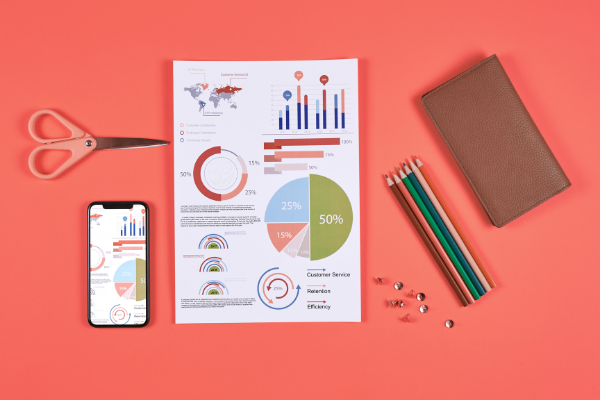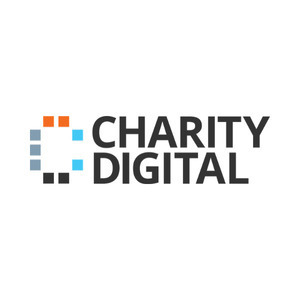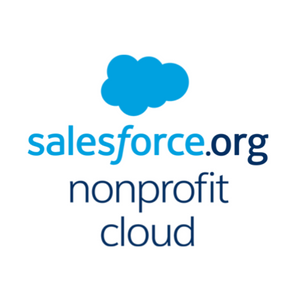Insights
INSIGHTS
All Topics
My Account
How to measure charitable impact
30 Sep 2024by Josie Sparling
Charities are created to make a positive impact on the world. But how can we tell whether we’re achieving that goal?
“Making an impact” is an intention that unites charities across size, purpose, and geographical boundaries. To many, impact is fundamental to the very existence of charities, with charity workers in various realms connected by their drive to forge a better world.
But while aspirational, the intention can be vague: what does “making an impact” really mean, and how do charities know if they are achieving it?
Charities also face myriad challenges to accurately measuring their impact. Resource limitations can mean that many only measure impact when required to show funders and donors what they have achieved, and some charities can even become blinkered from possible negative impacts of their work in the process.
In this article, we dive into ThinkNPC’s ‘Understanding Impact’ report to explore some of the methods and best practices of measuring impact.
Use the right methods
According to ThinkNPC, charities should use a combination of quantitative and qualitative data to measure impact. Quantitative methods of measuring impact include routine data collection from staff or service users, surveys, and internet engagement data.
Meanwhile, qualitative methods include interviews, observation of behaviour, focus groups, ad hoc informal data and feedback, and in-depth case studies.
When conducting research of any kind, it is important to follow a code of research ethics. This includes letting participants know they do not have to take part, making sure they understand what they are getting involved with, approaching sensitive topics appropriately, protecting participants’ data, remaining objective, and only collecting necessary information.
Be motivated by learning
Charities should make sure they are measuring their charitable impact for the right reasons, says ThinkNPC, otherwise they risk losing out on major benefits.
With limited time and resources, it’s tempting for charities to only measure impact to demonstrate to funders and supporters what they have achieved. But a subtle shift can produce a much better result: being motivated instead by the opportunity to learn and make services more effective for the people who use them.
That means that attempts to present the charity in the best light will not distort the process of measuring impact. It will instead give a more accurate idea of intended and unintended impacts, which can help make charities’ work more effective.
Developing a learning culture can help charities continuously improve in the long-term.
Be representative
Do you know the parable of ‘The Blind Men and an Elephant’?
It is a story about a group of men each learning about what an elephant is through touch. The men argue because each person’s perception is limited: while the man touching the elephant’s side thinks an elephant is like a wall, the man touching the elephant’s tusk thinks an elephant is like a spear, and the man touching the elephant’s trunk thinks an elephant is like a snake. Each understands what an elephant is from a different angle, and none are entirely wrong, nor entirely right.
That’s why it’s important not to rely on your own judgement or an unrepresentative group when measuring your charity’s impact. Like an elephant, your charity’s service is likely to mean many different things depending on the different angles people experience it from.
As ThinkNPC explains, to get an accurate measurement of your impact, you have to reach beyond the opinions of one individual, team, or group, and find a truly representative selection of those experiencing the service, even those who drop out or do not attend. That means, when you put it all together, you will get a more accurate picture of your impact.
To get high quality, representative data about your charity’s impact, embrace sampling.
Ask the right questions
The most productive questions to ask when measuring charitable impact are “How much did we do?” and “How well did we do it?”, according to ThinkNPC. These questions are measurable and aren’t inherently biased.
You can answer these questions by collecting different types of information from service users, such as user data, engagement data, feedback data, outcomes data, and impact data.
Information you should collect internally includes measuring how much of a service you have produced or delivered, and internally assessing how well you deliver the service.
Background evidence is also important to contextualise your service within the broader situation and understand possible solutions.
These different types of data can be linked to your Theory of Change to measure whether intended impact is taking place. But it’s also worth going beyond this framework to welcome unexpected insights, says the think tank and consultancy.
For example, your service could be having unintended positive impacts, or even unintended harms. To find out about this, be sure to ask service users open questions to allow people to express themselves in their own words, away from your own perception of the service.
Establish priorities
It is important to be open-minded when measuring charitable impact, but it’s also important to use resources effectively when doing so, making sure time and money is only spent on finding out the most valuable information. So how can we get the balance right?
Start by building a solid understanding of the existing evidence of your service’s impact. This includes understanding the data your charity already has, where it is held, how it’s being used, whether it’s useful, accurate, consistent, and complete, and which data collection exercises have worked well.
Then, prioritise what information will be most helpful to make better decisions, starting with the most important. In doing so, talk to the relevant stakeholders about their evidence needs, while remembering to keep the charity’s service users at the centre of your research.
More on this topic
Recommended Products
Recommended Products
Our Events
Charity Digital Academy
Our courses aim, in just three hours, to enhance soft skills and hard skills, boost your knowledge of finance and artificial intelligence, and supercharge your digital capabilities. Check out some of the incredible options by clicking here.




















